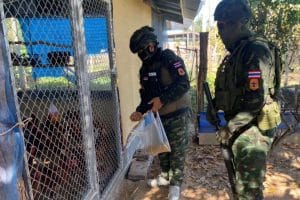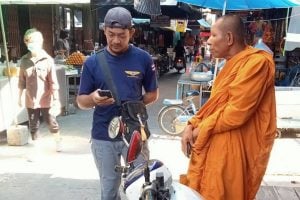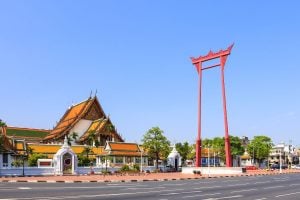How tourism has changed Muay Thai and why that’s not a bad thing
Tradition meets transformation as Thailand’s national sport continues to embrace a new audience
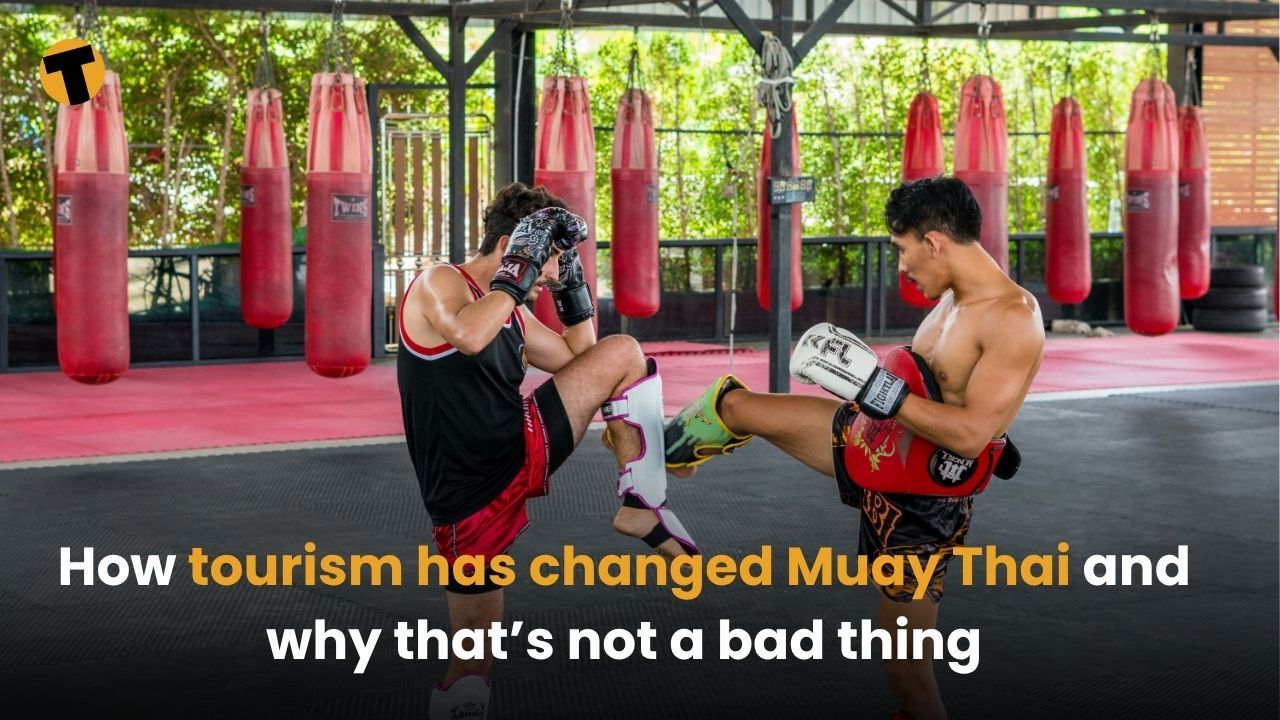
The Thaiger key takeaways
- Tourism has transformed Muay Thai from a local tradition into a global cultural experience.
- The sport now drives jobs, wellness travel, and international appreciation for Thai heritage.
- Modern adaptations enhance accessibility while preserving the rituals that define Muay Thai.
Walk through Bangkok’s busy streets or a coastal town like Phuket or Hua Hin and you’re just as likely to spot a Muay Thai gym as a Pad Thai vendor. Once a fiercely traditional sport for elite fighters, Muay Thai is now part of Thailand’s tourism heartbeat, and that’s not a bad thing.
Muay Thai’s journey from battlefield roots to global wellness trend has opened fresh opportunities for the sport, its students, and the communities around it.
Is tourism ruining Muay Thai?
| SECTION (CLICK TO JUMP) | SUMMARY |
|---|---|
| From the battlefield and into a national sport | Muay Thai evolved from Muay Boran, once used by Siamese warriors, into a global sport welcoming travellers through gyms, retreats, and cultural experiences. |
| Fights built for the audience and full of flair | Modern stadiums blend tradition with entertainment, using lights, DJs, and shorter fights to attract a broader, international audience. |
| More than just sport: A cultural ambassador | Muay Thai now represents Thai culture worldwide, through global tournaments, cultural visas, and government-backed soft power initiatives. |
| Jobs, income, and opportunity | Muay Thai tourism generates jobs for trainers, gyms, and local communities, boosting Thailand’s economy and empowering rural fighters. |
| Preserving and adapting traditions, not replacing them | Tourism modernises Muay Thai without erasing tradition. Rituals remain taught, and UNESCO efforts ensure its heritage stays protected. |
From the battlefield and into a national sport
Historically, Muay Thai was derived from Muay Boran, which was a martial art that was exclusively practised by Siamese warriors for use in battle as a last resort, for when their weapons had all failed. Because of that, Muay Boran also incorporates Krabi Krabong, the sword and staff fighting martial art of Thailand, and various techniques that can be attributed to self-defence.
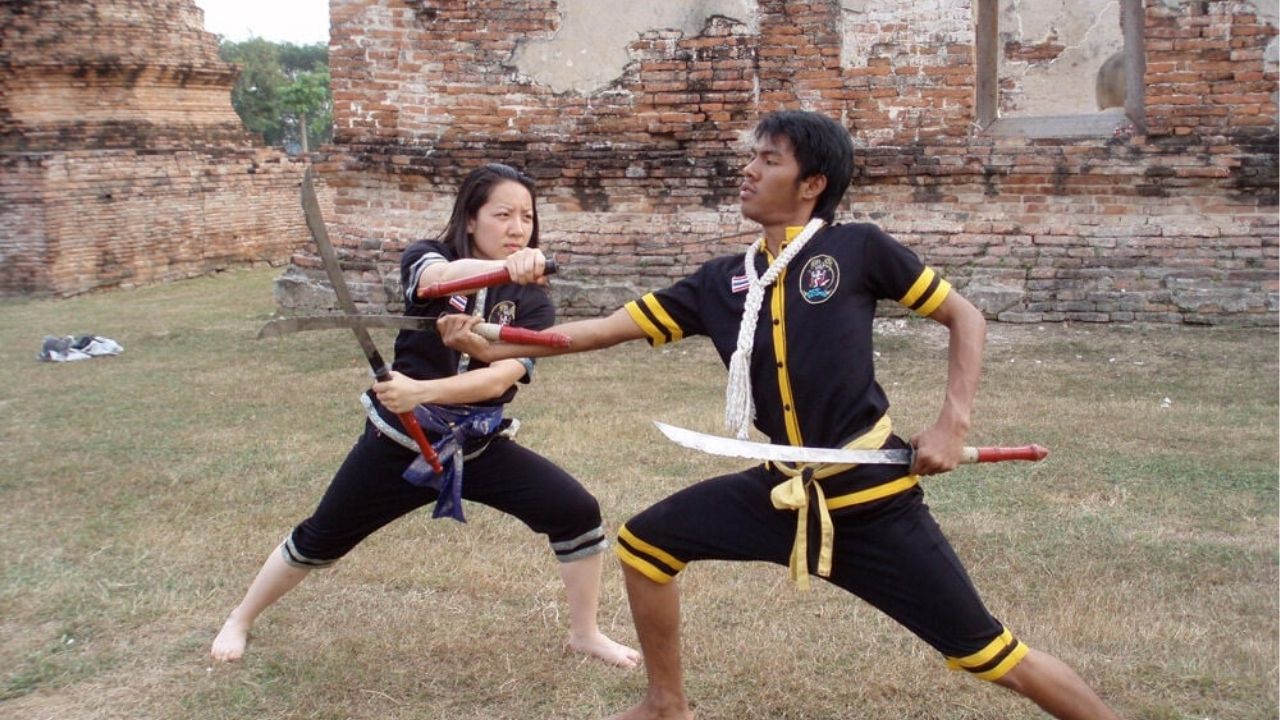
Muay Thai is an evolution from Muay Boran, which took the most efficient parts of the predecessor art, which also turned into a sport later on, encouraging consistent stress testing of techniques. With that, Techniques that were the most efficient were found and improved upon and even certain aspects of Western boxing have been melded into the art.
Muay Thai has been refined a lot more since then as you can see in this footage below of a Muay Thai fight taking place in 1929.
Today, from Bangkok and Chiang Mai to Phuket’s beachside camps, gyms now offer beginner-friendly classes where newcomers can throw their first punch (or kick) in a welcoming, often air-conditioned environment.
Places like Tiger Muay Thai in Phuket, one of the most famous camps in the world, cater to everyone, not just professional athletes. Tourists can join drop-in classes, stay in on-site bungalows, and pair their pad work with yoga or a Thai massage.
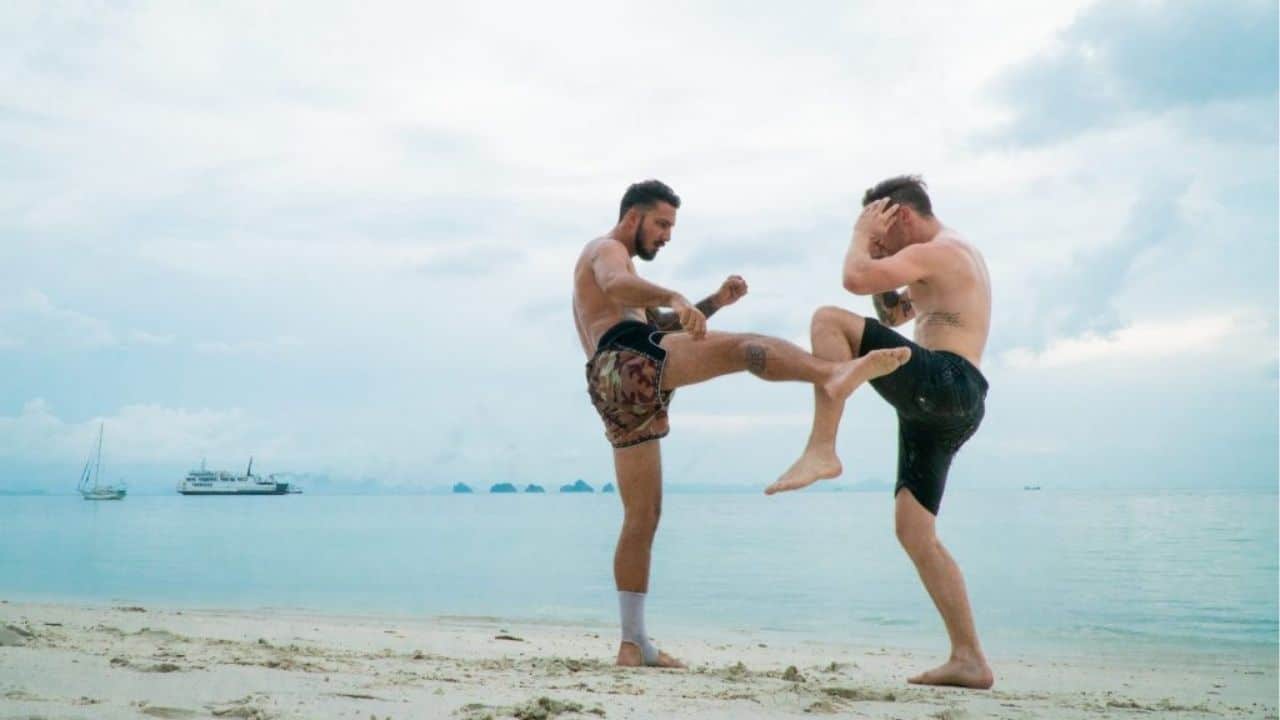
Some even offer full training holidays that mix Muay Thai with wellness retreats and cultural excursions. You can now learn to clinch at sunrise and meditate beside a quiet river before sunset.
In short, Muay Thai has opened its arms to travellers and they’ve embraced it since its beginnings.
Fights built for the audience and full of flair
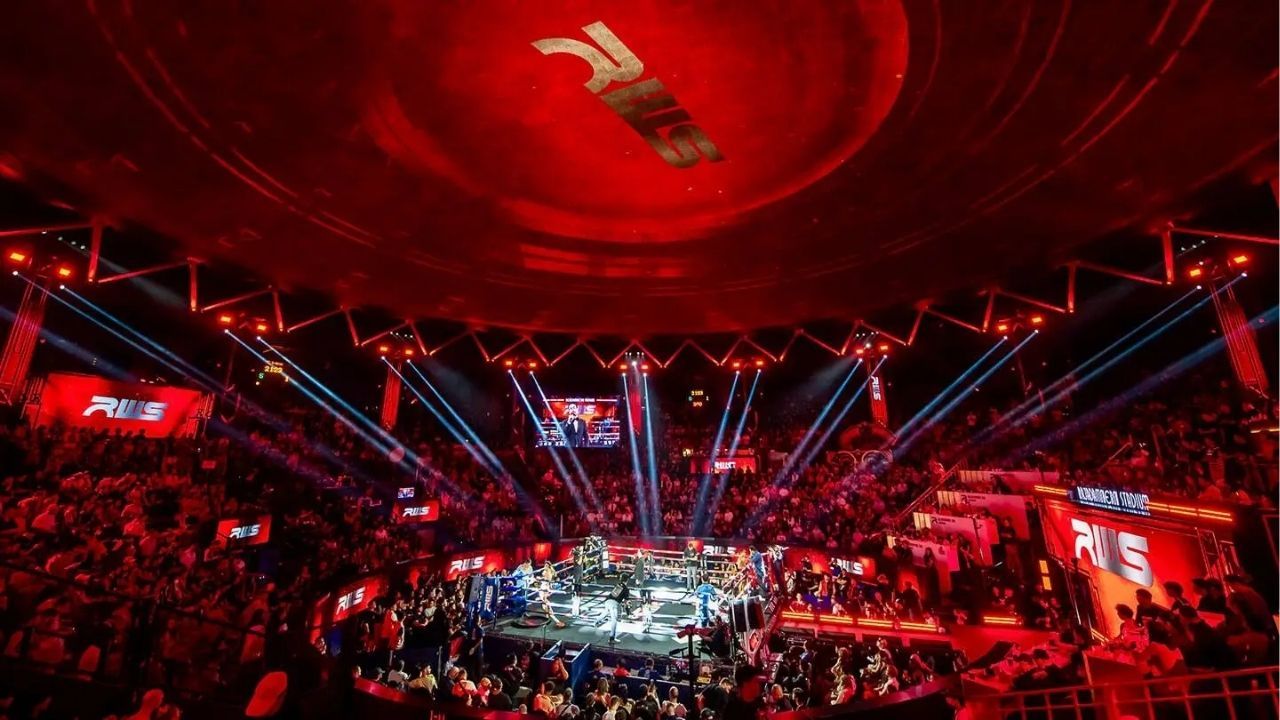
Watching Muay Thai has also changed. In the past, fights were gritty affairs with a deep focus on tradition, often held in smoky stadiums for locals and gamblers. Past the golden age of
But in today’s Thailand, fight nights can look more like full-blown entertainment spectacles and that’s by design.
Take the Rajadamnern World Series (RWS) in Bangkok, for example. Here, you’ll still see elements of tradition like the wai kru ritual, but they’re often shortened or stylised. Laser shows, DJs, and crowd-pumping hype music bring in a mainstream audience. Fights are also faster, often trimmed down from the traditional five rounds to three, to keep the action tight and engaging.
These modern stadiums have essentially turned Muay Thai into a new kind of nightlife: part sport, part show. And it’s working. Stadiums in Chiang Mai, like Thapae Boxing Stadium, are packed almost nightly, drawing travellers with drink-inclusive VIP packages and a steady stream of high-impact bouts. Even on islands like Koh Samui and Phuket, fight nights are advertised like beach parties and often feature foreign fighters and English commentary.
Purists might raise an eyebrow, but these lively shows are helping Muay Thai reach more people than ever.
Also: Where to experience Thailand’s nightlife without the tourist traps
More than just sport: A cultural ambassador
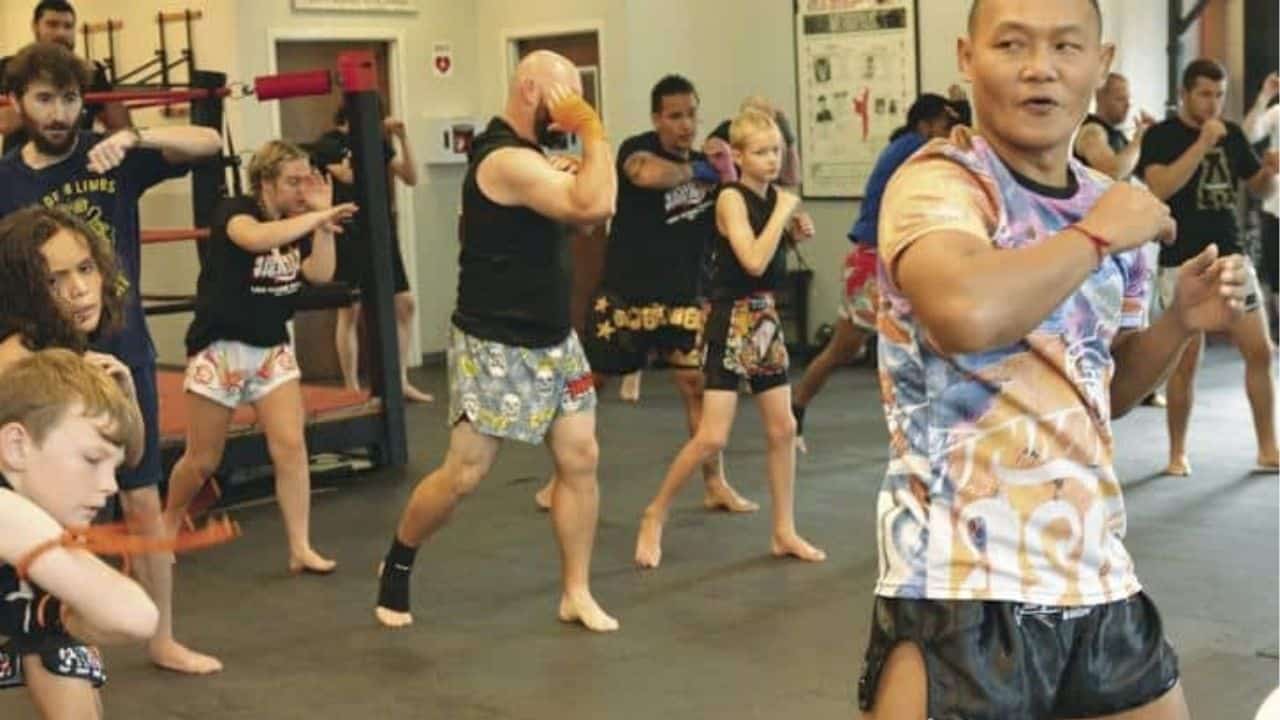
It’s not just about entertainment, as Thailand’s government has recognised the power of Muay Thai as a soft power tool, a cultural export that can attract high-quality tourism and introduce the world to Thai heritage. There are special visas that now allow foreign students to stay long-term in the country specifically to train in Muay Thai.
Campaigns in the past, like the Amazing Muay Thai Experience, used to take tourists into provinces like Lopburi and Surat Thani to explore local Muay Thai roots, spreading tourism benefits beyond the usual beach towns. As far as I am aware, they have been active up to last year and are currently radio-silent.
Meanwhile, Thai fighters and trainers are taking the art abroad through official seminars, teaching and demonstrating the sport to global audiences. These aren’t just classes – they’re cultural exchanges, often paired with Thai dance, food, and traditions. The best part is that when a cocky person tries to take the head
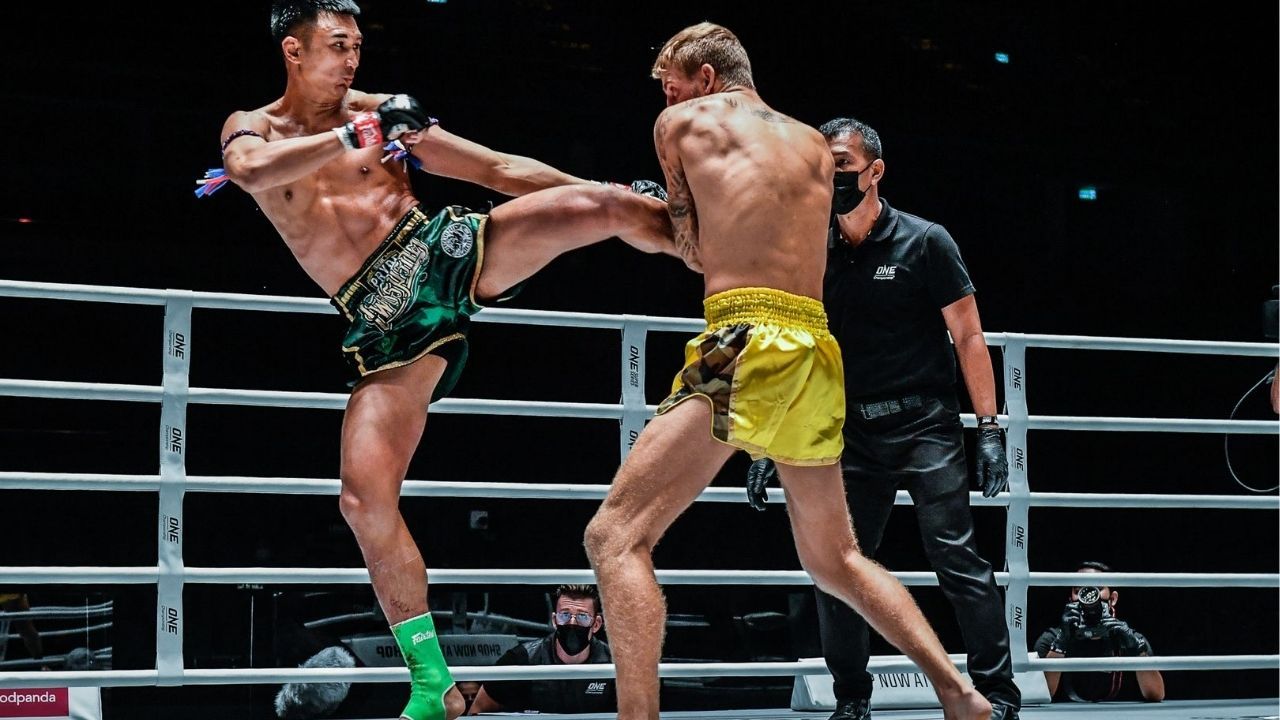
There are usually global broadcasting partnerships (like with ONE Championship) in which there are Muay Thai exclusive matchups or even mixed discipline fights where fighters switch between fighting styles each round (MMA -> Muay Thai -> MMA -> Muay Thai, for example).
Overall, Muay Thai has proven itself to be an efficient martial art, as the forefathers intended, in fight promotions like the Ultimate Fighting Championship (UFC), where martial artists consider it to be one of the best bases to have or train in, along with disciplines like BJJ, Boxing, Wrestling, Karate, and even butting heads with its rival, Kickboxing.
So while the sport may be adapting, it’s also thriving and proudly flying the Thai flag in the process.
Jobs, income, and opportunity
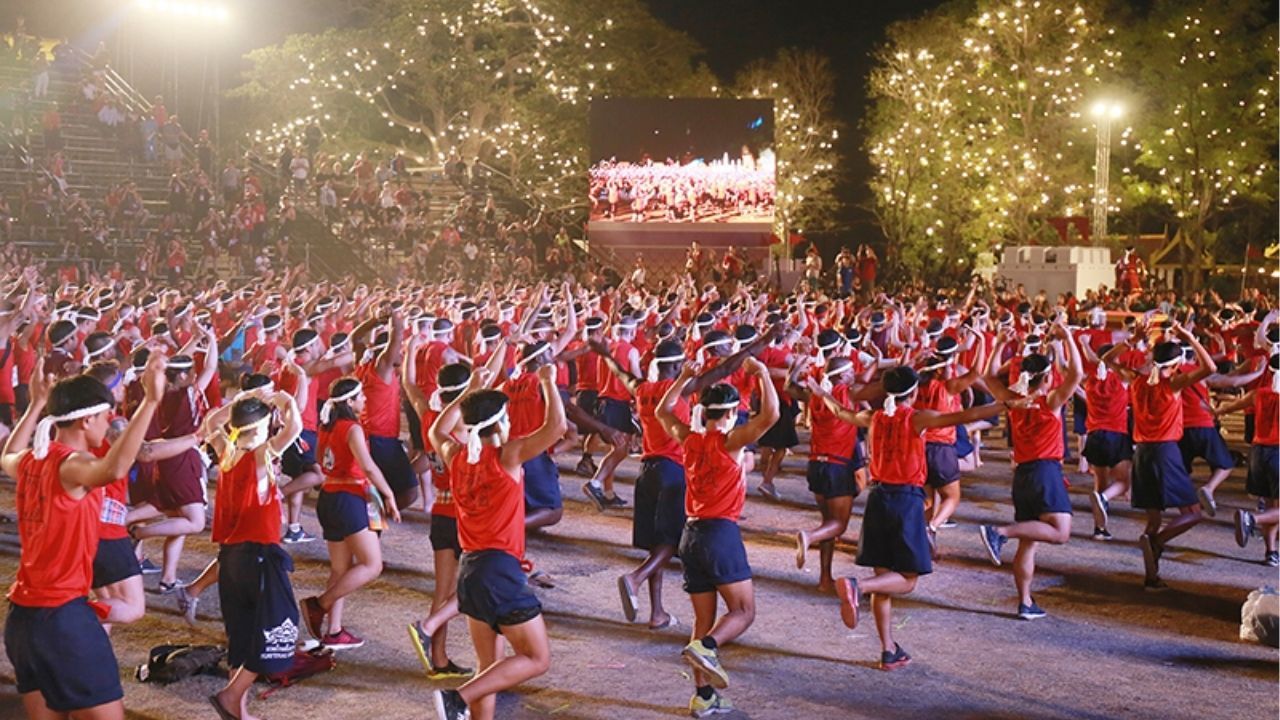
There’s also a strong economic case for Muay Thai tourism. Thousands of Thai trainers, gym workers, drivers, cooks, and gear sellers now earn a living thanks to the influx of foreign Muay Thai tourists. In rural areas, a single well-run gym can become a key employer, offering fighters from poorer backgrounds a chance to earn a real income – whether from fight winnings, coaching tourists, or even securing foreign sponsorships.
Events like the annual Wai Khru Muay Thai ceremony, held in historical sites like Ayutthaya, now draw visitors from around the world, creating meaningful income for local communities. As one study concluded, Muay Thai tourism has a significant positive impact on Thailand’s economy, creating jobs, stimulating investment, and promoting Thai culture.
Preserving and adapting traditions, not replacing them
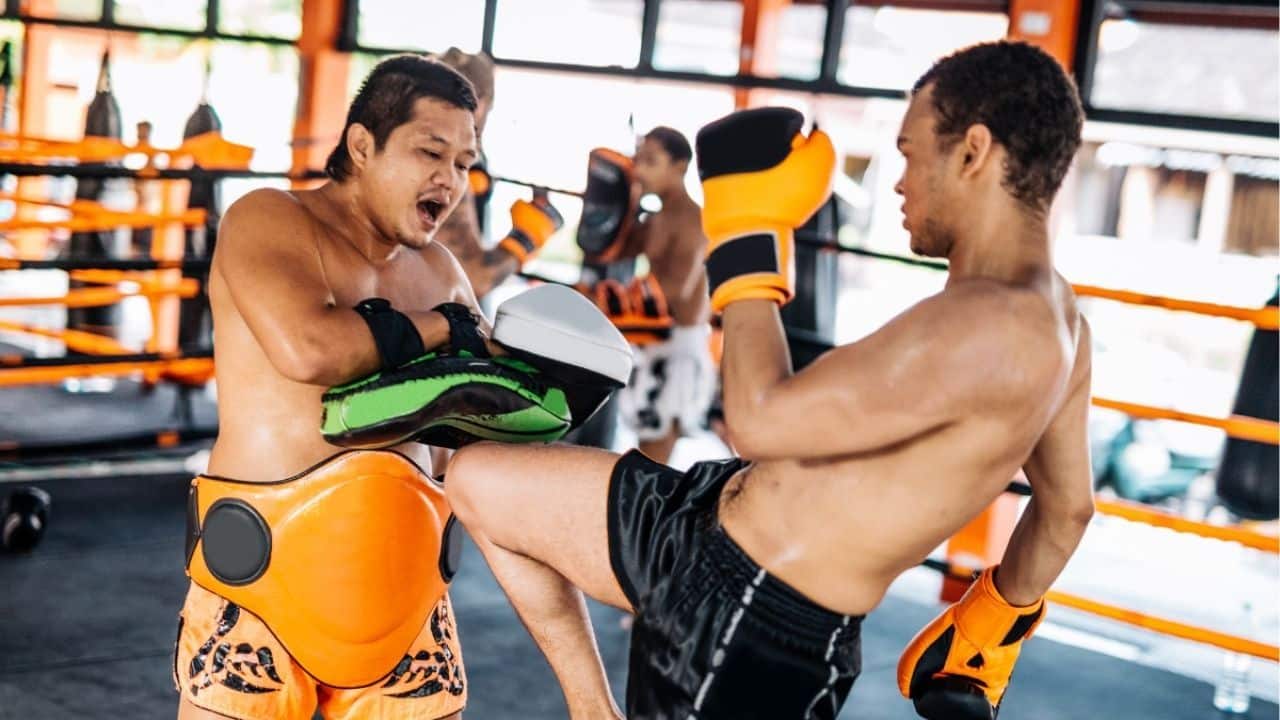
Naturally, change brings a few concerns. Some traditionalists worry that the cultural elements of Muay Thai are being watered down for tourists. And yes, some fight nights can indeed feel more like Vegas shows than sacred ceremonies.
But it’s worth noting that these adaptations don’t erase the traditional form – they sit alongside it. In many gyms, even those focused on tourists, trainers still teach the full rituals. Students learn to bow, show respect to their khru (teacher), and properly seal the ring during their training. They’re not just getting fit, they’re learning a bit of Thai culture along the way.
The Thai government is also pushing for UNESCO recognition of Muay Thai as intangible cultural heritage, further solidifying its importance and authenticity. In this way, tourism is helping Muay Thai stay relevant, not fade away.
Returning to the question at mind, has tourism changed Muay Thai? Absolutely!
But it’s also helped it grow, modernise, and reach corners of the world it never could before. From rural gym owners earning new income to foreign tourists discovering Thai values of discipline and respect, the benefits are wide-ranging.
Change is inevitable but in Muay Thai’s case, it seems to be a story of adaptation rather than dilution. If more people get fitter, embrace Thai culture, and respect its traditions along the way, that sounds pretty good to me.
ดูโพสต์นี้บน Instagram
Also: Best sports stadiums in Thailand
Latest Thailand News
Follow The Thaiger on Google News:



